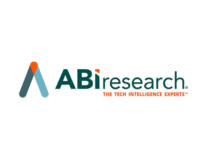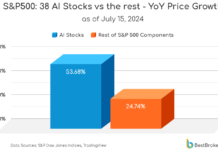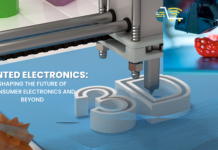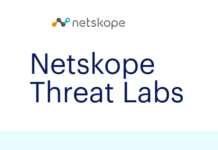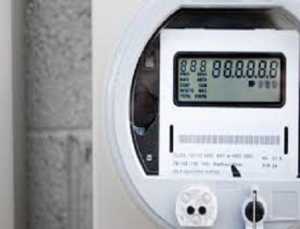
According to new a research report from the analyst firm Berg Insight, the penetration of smart electricity meters in North America reached 68 percent in 2020. Overall, the installed base of smart electricity meters will grow at a compound annual growth rate of 5.7 percent during 2019–2025 to reach a total of 153.8 million units at the end of the forecast period. Over the next five years, the penetration of smart meters in the US will grow to reach a level of 84 percent while the respective figure for the more advanced Canadian market will reach 92 percent.
“First-wave deployments will continue to grow robustly over the next several years and will to a large extent be driven by the launch of major new projects by late adopters in Northeastern US and Eastern Canada. Meanwhile, refreshment rounds for the early adopters have now gradually begun and will grow their share of annual shipment volumes from around 10 percent in 2020 to around 70 percent in 2025”, said Levi Ostling, smart metering analyst, Berg Insight.
According to the study, yearly shipments of smart electricity meters in North America will grow from 9.8 million units in 2019 to 17.4 million units in 2025. The Covid-19 pandemic had a notable impact on deployments during 2020 with a year-over-year decrease of around 13 percent in annual shipment volumes. The market is however expected to recover in 2021 with forecasted shipment volumes of 10.7 million units.
Along with the increase in smart meter refreshment projects, the development of smart metering technology in the North American market has in the last couple of years shifted focus to serving the demand of utilities which are to begin second-wave smart meter rollouts. These utilities are now looking to leverage their existing network canopies for a wider array of smart city applications beyond metering while also trying to figure out how to cope with the integration of the rapidly increasing number of electric vehicles and distributed energy resources into the grid infrastructure. “The race is now on among the top vendors to develop the most attractive use cases for second-wave smart metering technology. Increased computing power and edge analytics capabilities enable an entirely new set of benefits that are yet to be substantiated by the solution providers”, concluded Mr. Ostling.



